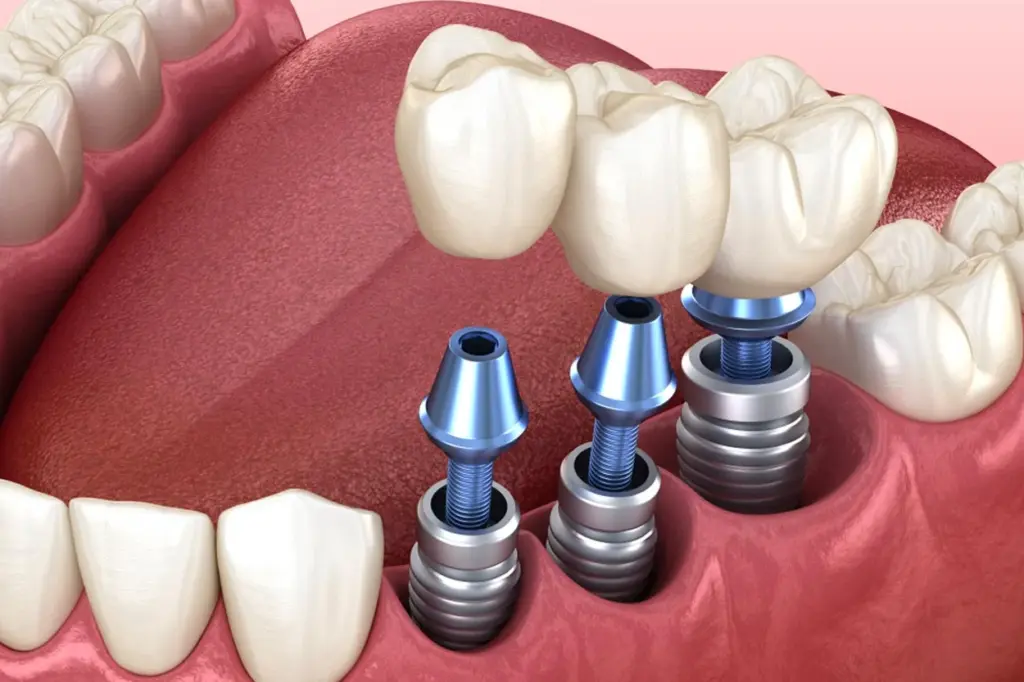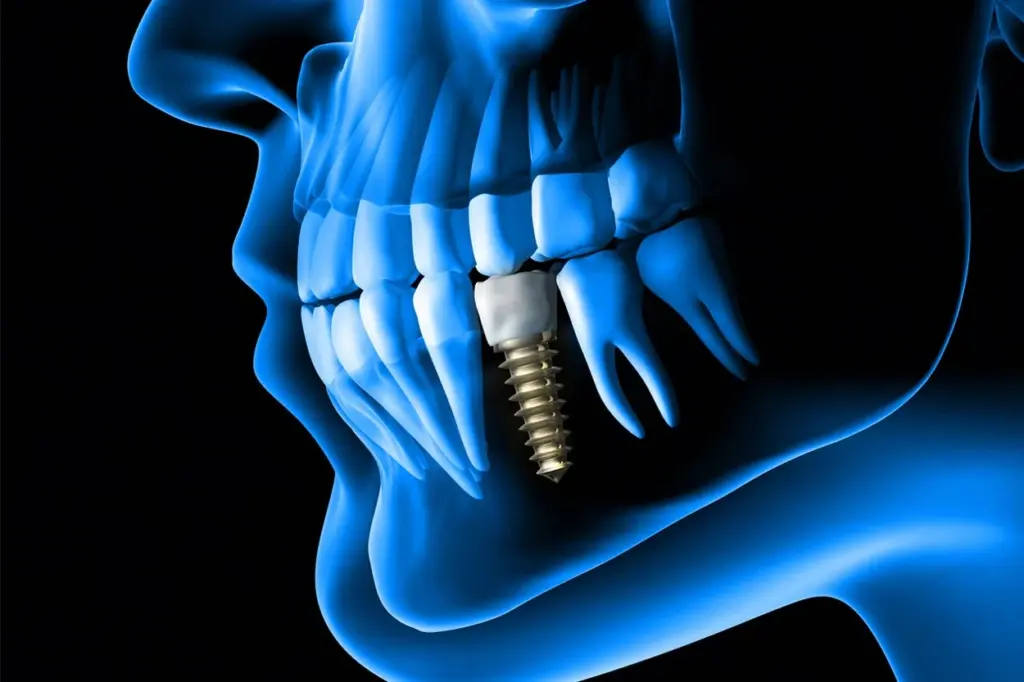Advanced Technology Equipment
We provide our treatments using equipment equipped with the latest cutting-edge technology, ensuring the highest standards of quality for our patients. Our state-of-the-art devices enhance both the effectiveness of our procedures and help us achieve optimal results. By investing in innovative technology, we continuously update our treatment methods to offer a more comfortable, efficient, and reliable experience. At every step, we aim for excellence in health and aesthetics, using the most advanced technology available.
Distinguished Team of Experts
We understand the unique needs of each of our patients and are dedicated to meeting those expectations with the utmost care and attention. In line with our commitment to health and safety, we conduct all procedural steps in state-of-the-art, sterilized environments, utilizing top-tier equipment and a highly skilled team. Our goal is to manage your treatment process without compromising your health or comfort, ensuring that each stage of care is safe, effective, and seamlessly executed. We prioritize not only successful outcomes but also a supportive, positive experience throughout your health journey.




What is Implant Treatment?
Implant treatment is indispensable for dental treatment methods used in dentistry, which has benefited from the developing technology in recent years. Implants are screws used in the treatment of missing teeth and are made of titanium and placed into the jawbone. A long-lasting dental prosthesis is placed on these screws. In implant treatment, neighboring teeth do not need to be cut, so it does not harm them. Thanks to the artificial tooth root created, you can easily eat, talk and laugh.
You can reach our specialist physicians at 0212 481 22 88 – 0530 542 46 95 or you can click to make an appointment and get directions.
Since implant application and implant prosthesis is a surgical procedure, it is important to be performed by expert and professional surgeons in order to minimize the problems that may occur after treatment. With implant treatment, fixed prostheses are applied to patients who do not have enough support teeth and use removable prostheses. The missing tooth is completed without the need to cut any of the neighboring teeth. For patients who use removable prosthesis but cannot hold the prosthesis due to bone insufficiency, prosthesis adhesion can be increased by placing implants and connecting them to the prosthesis.
Who Can Receive Implant Treatment?
Implant treatment can be applied to people who have completed the age of 18 and whose jaw development is complete. If the person’s health condition and jaw structure are suitable for treatment, there is no upper age limit. It is not preferred to apply implant treatment only to young people whose bone development is not complete.
Before the treatment, the person’s jaw x-ray is taken and it is examined whether the jaw structure is suitable for implant treatment. There are also certain criteria for people with certain diseases. Implant treatment can be applied if the person with bone resorption disease receives the necessary treatment, if those with diabetes regulate the disease before treatment, and if those who use blood thinners stop the medication before treatment.
You can get information about the condition of your teeth from our physicians by visiting our clinic, which provides services in wisdom tooth extraction, scaling, smile design, porcelain bracket dental treatment, implant treatment and all dental diseases.
How is implant treatment performed?
Before the procedure, the necessary x-rays are taken and an examination is performed. Jaw bones and remaining teeth should be measured. Implant treatment is performed under local anesthesia. There are two ways to place dental implants. In the first option, the one-stage procedure, a temporary cap is attached after the implant is placed.
In the other option, the two-stage procedure, after the dental implant is placed, it is covered with gum and left to heal and the prosthetic caps are then attached. In both stages, a temporary bridge is made and the healing process is expected for three months for the lower jaw and six months for the upper jaw. In some cases, the new tooth can be placed on the dental implants immediately.
What is done in the first examination?
It is very important to have a detailed examination before starting implant treatment. The first examination of the implant treatment to be performed by the specialist dentist or his/her assistant is performed to diagnose, plan the treatment and define the necessary preparations for the treatment. As a result of this examination, the type of treatment the person will receive, the difficulty and risks of the case are investigated and examined. After the implant treatment, how the person will have the implant and how the prostheses will look like will be determined in the first examination.
In the first examination, first of all, an intraoral check is performed and it is understood at this point how much importance the person attaches to oral care. Therefore, necessary oral care should be taken to avoid problems in implant treatment. Another point of attention is the way the jaw closes. In some cases, jaw treatment may be needed. The movements of the jaw are examined and research is carried out to determine whether it will pose a problem in the treatment. The findings of the radiological examination are examined and whether there is enough bone. Finally, the patient’s health status is examined in general and it is decided whether or not to have implant treatment as a result of the first examination.
How Long Does Implant Treatment Take?
Implant treatment, which is most preferred when tooth loss occurs, starts with an artificial prosthesis placed in the jawbone. Then, an artificial tooth, which is no different from the real one, is applied to the ossified place that fuses to the jawbone. This application starts with the placement of the artificial bone and the placement process begins after factors such as the patient’s intraoral width and the application area in the mouth are determined. For people with a narrow jaw structure, this process may take one or two hours longer. You can use your teeth without any problems within three or six months after the completion of the treatment period.
